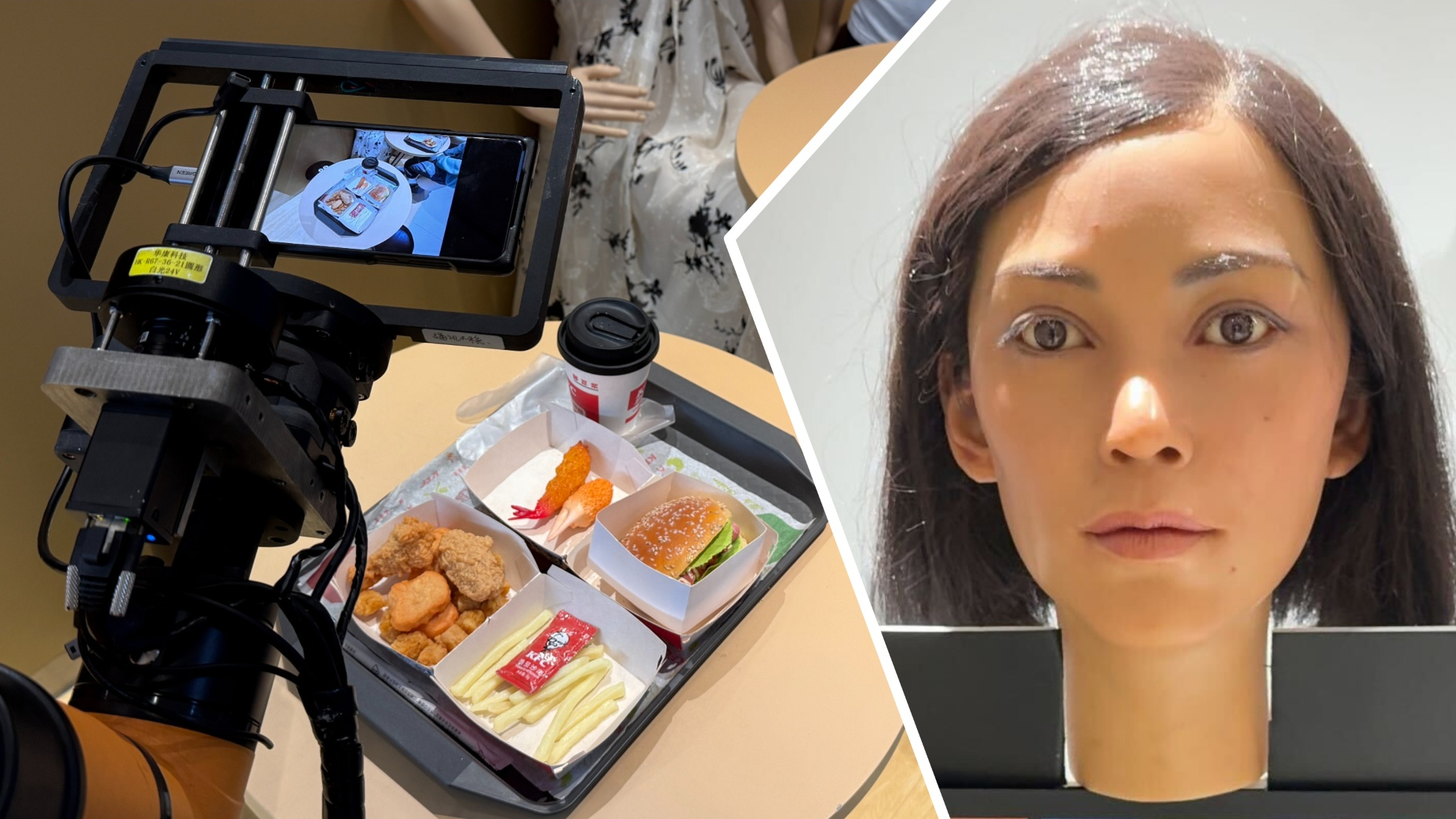
We all know that the best camera phones are the product of thousands of hours of R&D, but did you also know that this R&D sometimes includes fake chicken nuggets and a one-armed robot?
During a recent visit to OnePlus HQ in Guangdong, China, I had the chance to see how phones like the OnePlus 13 are put through their photography paces, and the novel testing methods used by the Chinese smartphone manufacturer go some way to explaining why the best OnePlus phones are some of the most versatile shooters around.
Just outside of OnePlus’ massive, spaceship-like central testing facility (which the brand shares with sister company Oppo) lies a much smaller building that’s full to the brim with fakeness. I’m talking fake rooms, fake food, and even fake people – all of which are used to simulate different photography scenarios that a OnePlus phone user might encounter in real life (think the nuclear testing site from Indiana Jones and the Kingdom of the Crystal Skull, but without the nukes).
It’s in this tucked-away facility that OnePlus attaches its latest in-development smartphone to a self-driving, one-armed robot, which then gets to work taking pictures in 16 different rooms. You can see it in action in the video below:
@techradar ♬ original sound - TechRadar
There’s a grocery store, a nightclub, a hotel lobby, a child’s bedroom, a clothing store, and even a KFC-inspired snack bar, with each environment acting as a testing ground for a given phone’s set of camera lenses. All of these environments are to scale and, crucially, present the device that's being tested with several different lighting challenges to better prepare it for life in the outside world.
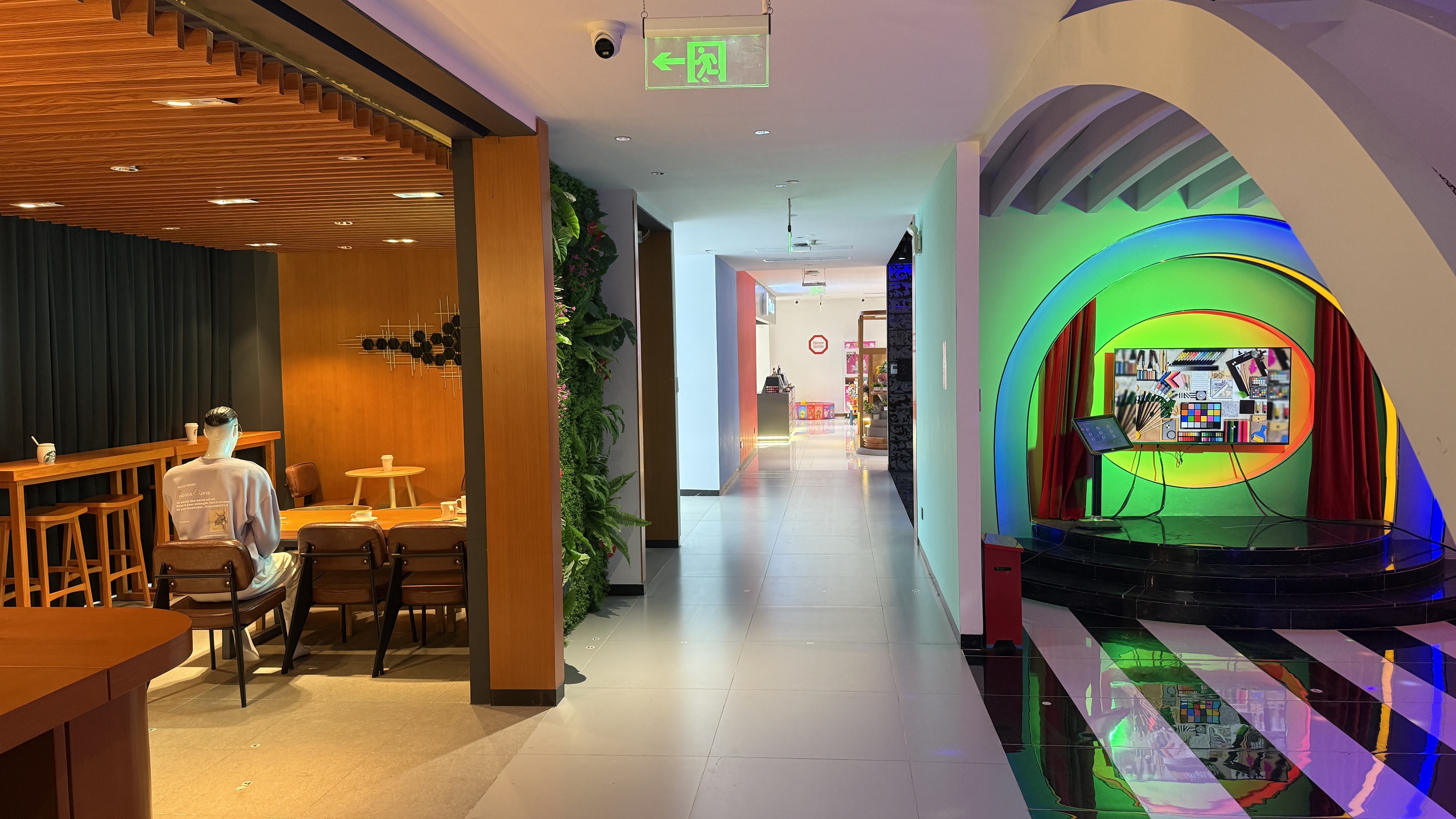
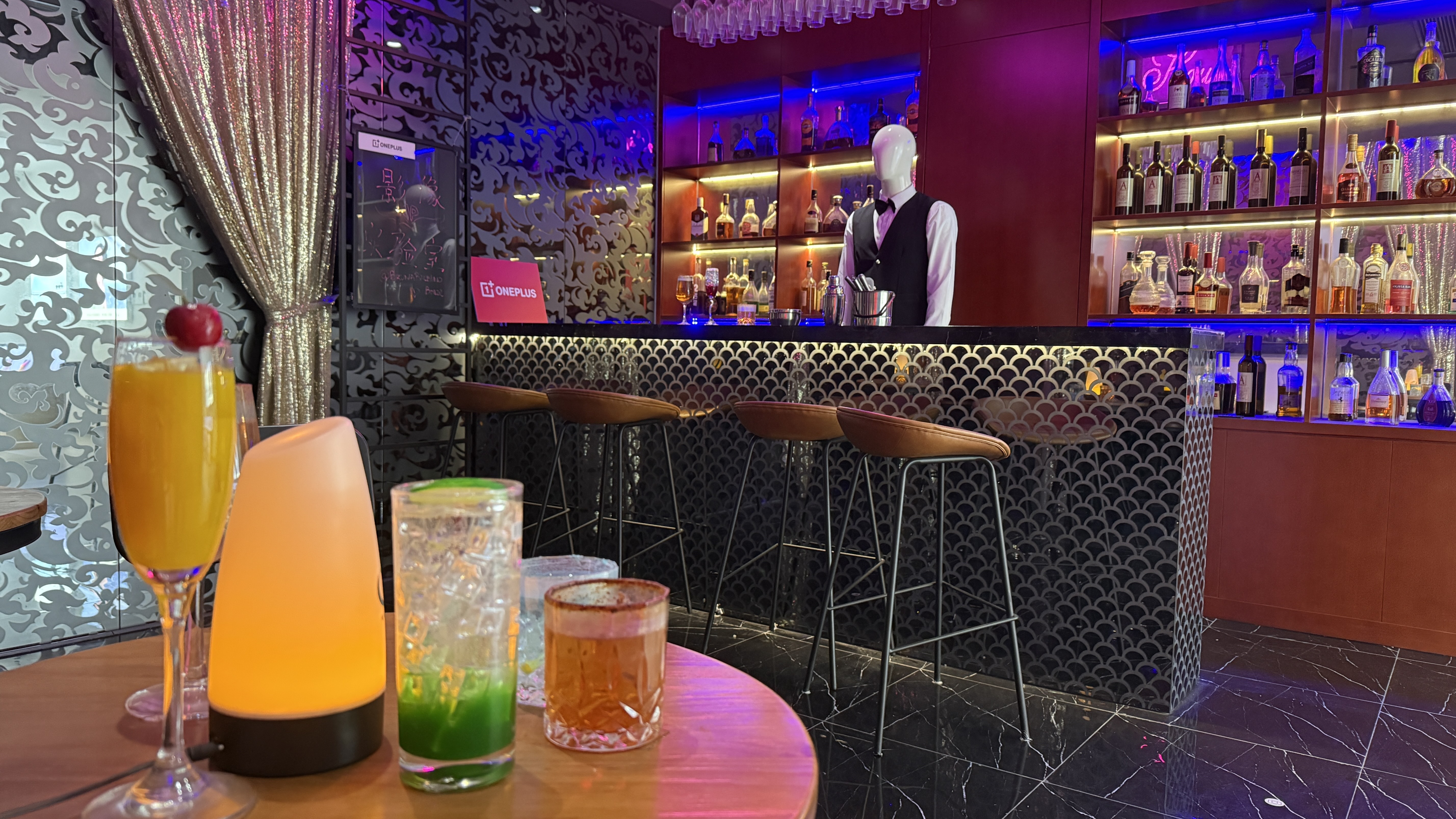
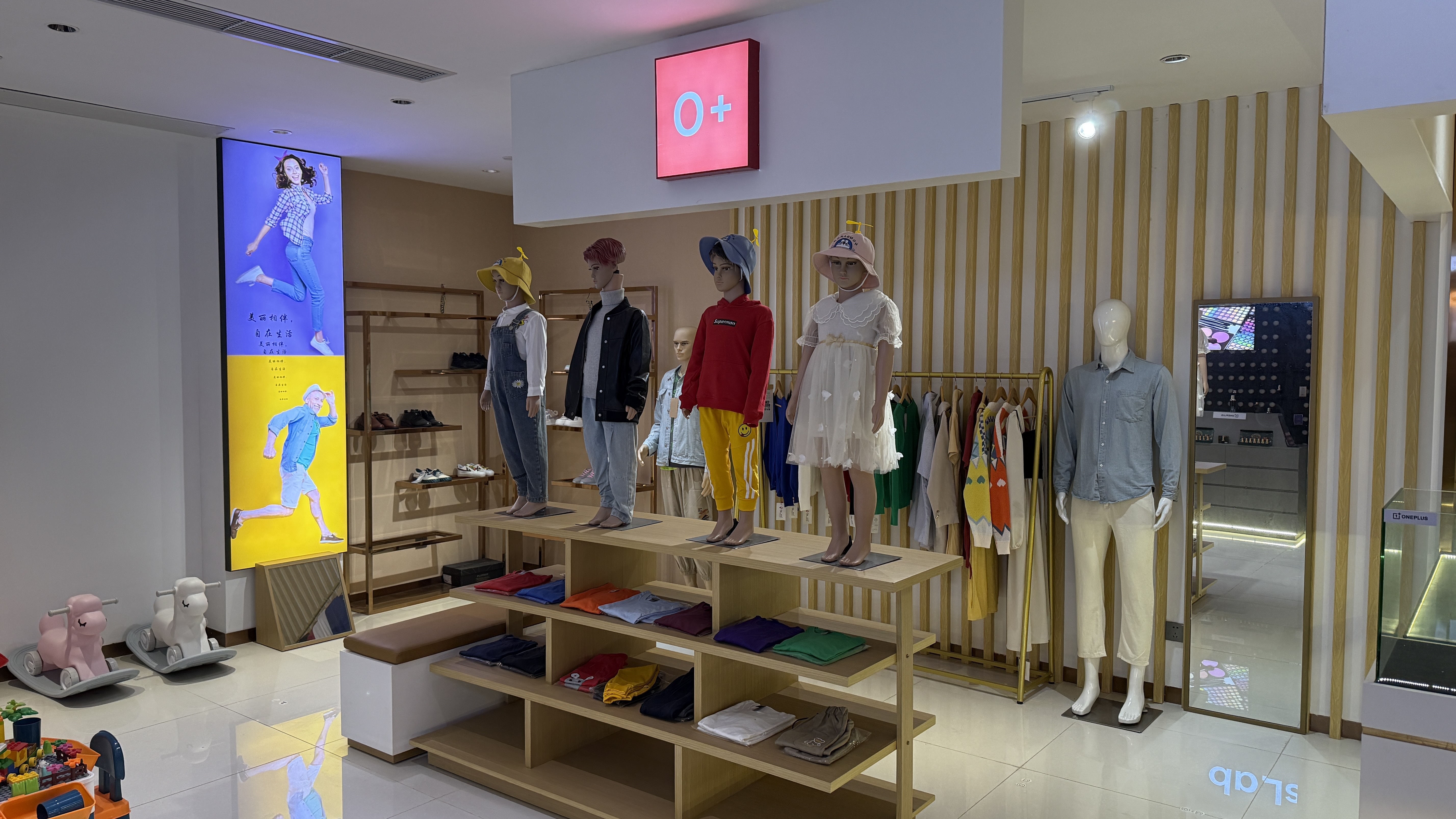
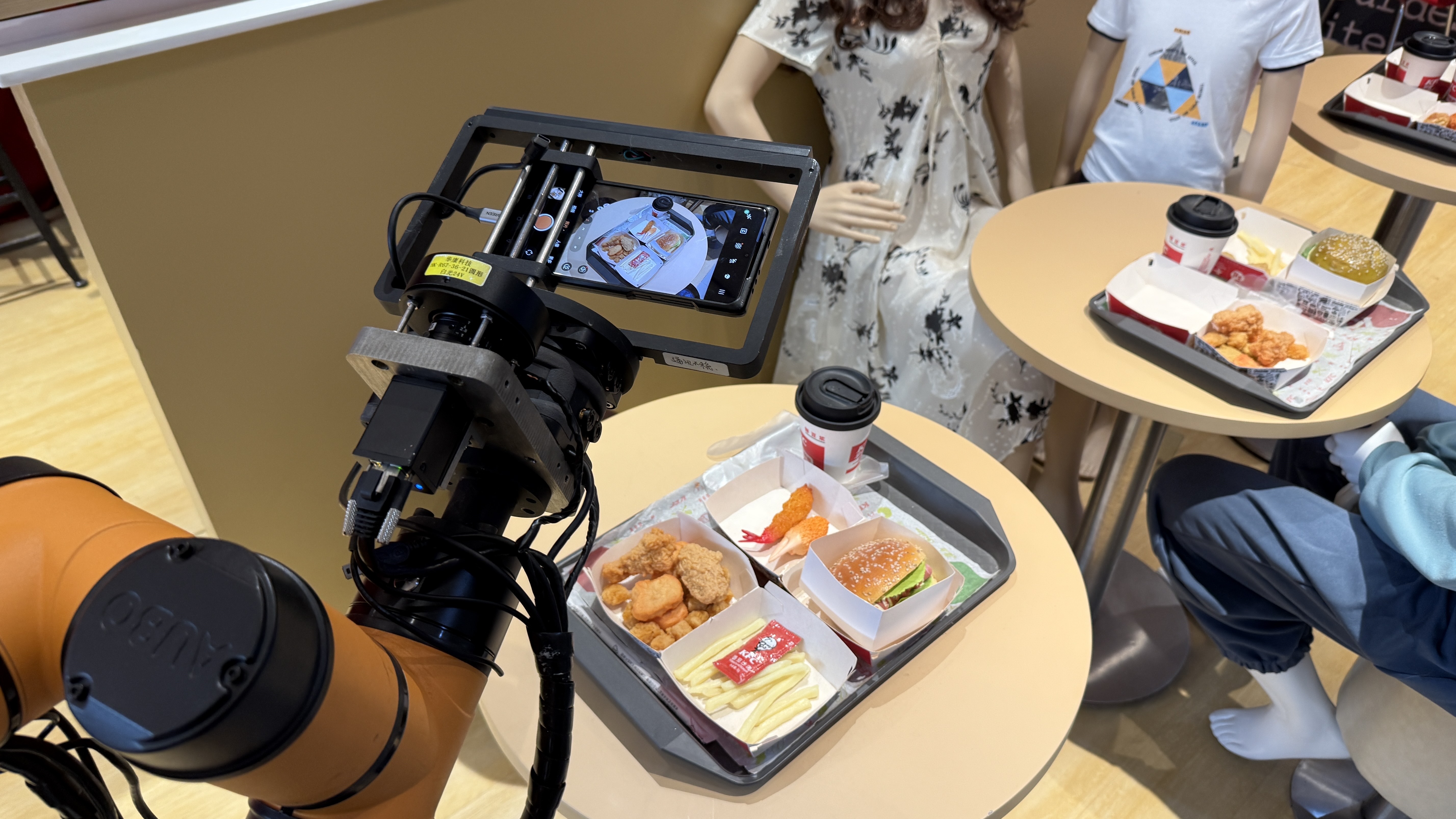
OnePlus says each device goes through 150 rounds of photo taking, with each round taking almost half a day (that’s at least two-and-a-half months of testing per device, by my count). Up to 75,000 photos are then sent to the OnePlus R&D team, who analyze elements like sharpness, brightness, and contrast to help the company develop the best camera phone possible.
Sure, it’s all a little creepy – and I'm not entirely convinced that the eerily realistic mannequins don’t come alive at night – but this sort of practice is commonplace in many industries (surgeons, for instance, will routinely train using liquid-filled dummies), and it’s certainly helped OnePlus bring some mightily impressive camera phones to the table.
Get daily insight, inspiration and deals in your inbox
Sign up for breaking news, reviews, opinion, top tech deals, and more.
You might also like

Axel is TechRadar's UK-based Phones Editor, reporting on everything from the latest Apple developments to newest AI breakthroughs as part of the site's Mobile Computing vertical. Having previously written for publications including Esquire and FourFourTwo, Axel is well-versed in the applications of technology beyond the desktop, and his coverage extends from general reporting and analysis to in-depth interviews and opinion. Axel studied for a degree in English Literature at the University of Warwick before joining TechRadar in 2020, where he then earned an NCTJ qualification as part of the company’s inaugural digital training scheme.
You must confirm your public display name before commenting
Please logout and then login again, you will then be prompted to enter your display name.